Air Force: normal flight
Squadron "hunters"
In the summer of this year, flight tactical exercises were held for the first time in the North Caucasus with the participation of the Mi-28H helicopter squadron. Successful flights to combat use became the official confirmation that the Air Force prepared the first in combat missions during the day in simple meteorological conditions. stories Fatherland Squadron of new percussion helicopters.
The Mi-28H “Night Hunter” was developed by the Mil Moscow Helicopter Plant (Mil Mil Helicopter Plant), which is part of the Oboronprom military-industrial complex. The helicopter was created in order to increase the capabilities of army aviation, first of all, its survival, mobility and expansion of the range of combat use. According to experts, the overall effectiveness of the “hunter” exceeds the existing serial samples of attack helicopters several times. When designing a new complex, original technical solutions were used. Because of this, it has unique properties.
Mi-28H has a fundamentally integrated integrated avionics and instrumentation equipment, which provides the ability to conduct combat operations at any time of the day, in adverse weather conditions. A single computing environment has been created on the helicopter, consisting of three on-board central computers (on-board computers) and a number of peripheral systems. On multi-mode LCD indicators using the information display system displays all current flight parameters and other information needed by the crew.
On the new machine implemented means of improving combat effectiveness and survivability. When creating a shock machine used new materials that are resistant to the means of destruction. The crew of the helicopter is protected by armor from bullets caliber 12,7 mm. Helicopter survivability is also provided through the reservation of the most important units, structural elements and exploded location of engines.
"Night Hunter" is armed with a mobile gun mount with a 2A42 caliber gun.
30 mm. On beam holders, a suspension of anti-tank “Attack” guided missiles and unguided missiles - the C-8 and C-13 - are provided.
Currently cost center them. Mile creates a combat training version of the Mi-28. His cabin is modified and expanded for a more comfortable review by the crew. In fact, this is a copy of the Mi-28H with the possibility of placing the second pilot in the cockpit of the navigator-operator. In contrast to the Mi-24, it is planned to place a control stick permanently accessible for piloting in the front cockpit of the Mi-28UB. It will allow, if necessary, to relieve the commander of the crew as to control the helicopter, and the use of all weapons. In terms of equipment, Mi-28UB will be similar to Mi-28Н.
Su-35 - Coming Day
At MAKS-2009, the Ministry of Defense concluded a state contract for the purchase of X-NUMX Su-2015C fighters in the period up to 48. In the future, the military department plans to conclude a similar contract for 35 – 2015 years.
In the summer of this year, Sukhoi Company announced the completion of preliminary tests of the Su-35С, full confirmation of the installed characteristics of the complex and its readiness to undergo state tests for combat use together with pilots of the Russian Air Force.
Su-35С is a deep modernization of the ultra-manned multi-generation fighter of the fourth generation. It is equipped with a modern, noise-free, encrypted communication and information exchange system between airplanes and ground control points. The following systems are installed on it: electronic countermeasures and defense; radio intelligence; refueling in flight. The cockpit lighting equipment ensures the operation of the pilot with night-vision goggles.
The distinctive features of the aircraft were: a new avionics complex based on a digital information control system, an integrated onboard equipment system; A new radar with a phased antenna array with a large detection range, with an increased number of simultaneously accompanied and fired targets; 117 engine.
A new engine with a rotatable all-view nozzle came from the PAK FA project, and not vice versa. It was developed for the T-50, and so quickly and successfully that it was applied on
Su-35, but with the old control system for the entire AL-31 family. He has the elements of the fifth generation. A new turbine has been used, thanks to which the flow characteristics have been improved with a significantly increased up to 14.500 kg.
Su-35S is designed to gain air supremacy by destroying manned and unmanned aerial vehicles with guided missiles at long, medium and short range, while conducting long-range and close maneuvering battles, with autonomous and group actions. In any meteorological conditions, it has the capability to destroy surface and ground targets with all types of weapons, as well as ground infrastructure facilities covered by air defense systems and located at a considerable distance from the home airfield.
On the way from the prototype
29 January this year from the airfield Dzemgi Komsomolsk-on-Amur Aviation Production Association. Yu.A. Gagarin (KnAAPO) under the production code "product T-50" performed the first flight of a promising aviation front-line aviation complex (PAK FA). To date, a number of flights have been performed on this aviation complex.
The PAK FA is equipped with a fundamentally new avionics complex, integrating the “electronic pilot” function, and a promising radar with a phased antenna array. This greatly reduces the load on the pilot and helps to concentrate on the implementation of tactical tasks. The on-board equipment of the new aircraft allows real-time data exchange both with ground control systems and within the aviation group.
On the aircraft of the previous generation used the so-called federal system of the aviation complex, now integrated. Previously, each system had its own individual controls, indicators. Now the control of the systems is displayed on the ENG (aircraft control stick) and throttle control (engine control lever), and the display is displayed on two monitors.
If necessary, you can control various systems with the help of sensors on the monitor panels, to which information on piloting, navigation, weapons use and the state of the systems is displayed. All information is called by the pilot as necessary, and does not loom in front of him constantly and does not distract attention. Work is underway to create a promising system that allows you to display information on the glass of a pilot’s pilot’s headset.
Intellectual crew support is provided on the T-50. The board is computerized. The existing information system allows you to solve all the problems in the complex. It simultaneously processes all information, manages systems, gives the necessary visual and audible indication to the pilot. He can make changes to the program and receive messages in a sequence more convenient for him.
The use of innovative technologies and composite materials, the aerodynamic layout of the aircraft, measures to reduce engine visibility provide a low level of radar, optical and infrared visibility. According to the experts of the company, these innovations have significantly increased the combat effectiveness in work both on air and on ground targets at any time of the day, in simple and complex meteorological conditions.
The creation of an aviation complex of the 5 generation is considered a priority by the leadership of the country and the Ministry of Defense. The creation of the newest aviation complex has become a kind of exam for the domestic aviation industry in this century.
In the near-aviation world, there are disputes about the tactical and technical characteristics of the latest Russian development and its capabilities, hidden by a veil of secrecy. Project participants do not enter into these disputes, and all efforts are directed to the implementation of projects related to the PAK FA program. Deadlines are set hard, and a lot of work.
A promising aviation complex is not created to suit anyone’s ambitions. First of all, it is impossible to obtain the required result with an asymmetric response to the creation of an 5 generation aviation complex in the USA. Moreover, when creating the PAK FA, theoretical developments in the field of scientific research related to the production of new aviation materials and modern systems find practical application. They will serve the further development of the country's aircraft industry. The PAK FA program takes the Russian aircraft industry and related industries to a qualitatively new technological level.
A fundamentally new design of the aircraft, consisting of a huge number of composite materials, is being worked out. They should be mastered, new technologies should be developed, including the processing of large-sized parts, all issues related to their connection with the frame, and ensuring tightness should be solved.
In the mass of an empty aircraft, composites make up 25 percent, on surface area - 70. In production, after working off the necessary technological processes, a significant reduction in the number of parts occurs. Compared with the Su-27, the T-50 on a glider is four times less parts. Reducing the complexity and production time translates into a reduction in the price of the machine. Practical solution of all issues requires a lot of time, which, as they say, does not give in to pressing.
In the design of the T-50 involved serious design forces. In Moscow - 1.200 people, in Komsomolsk-on-Amur - more than 400, in Novosibirsk - more than 200, in Taganrog - near 100. In parallel with the creation of the aviation complex, young professionals receive practical work experience.
Behind all these achievements and successes is the cooperation of more than hundreds of related companies. Their potential is very carefully studied abroad. It promotes active cooperation with foreign partners in the aviation field, including in joint work on a fifth-generation fighter.
In the fall of 2007, in Moscow, an intergovernmental agreement was signed on the joint development and production of a new generation fighter in the framework of the seventh meeting of the Russian-Indian intergovernmental commission on military-technical cooperation.
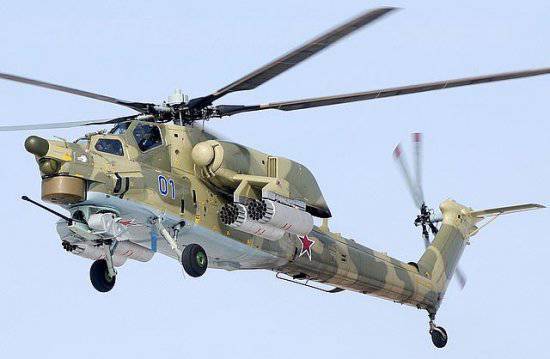
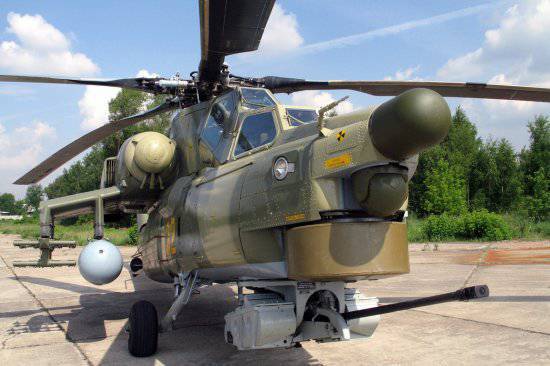
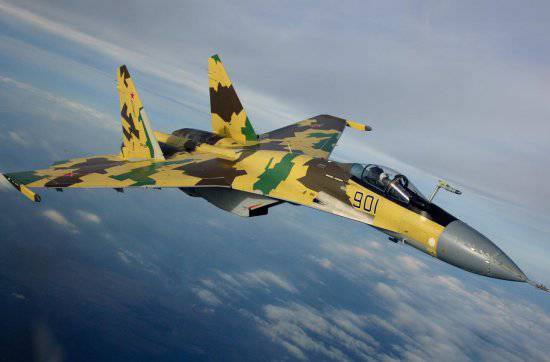
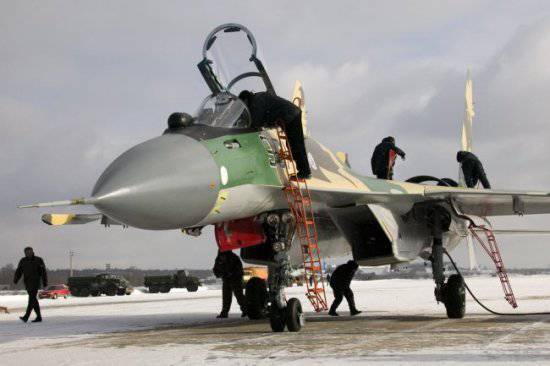
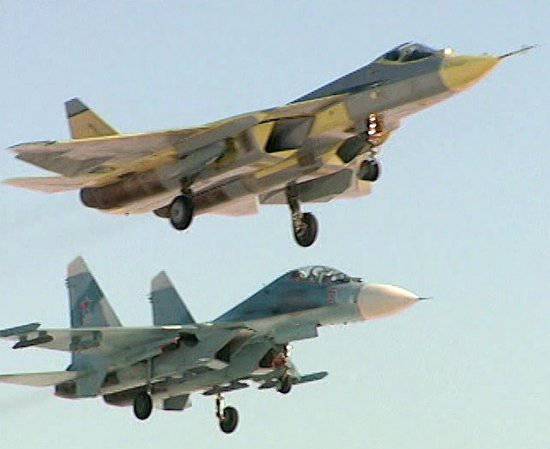
Information